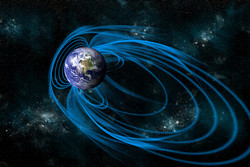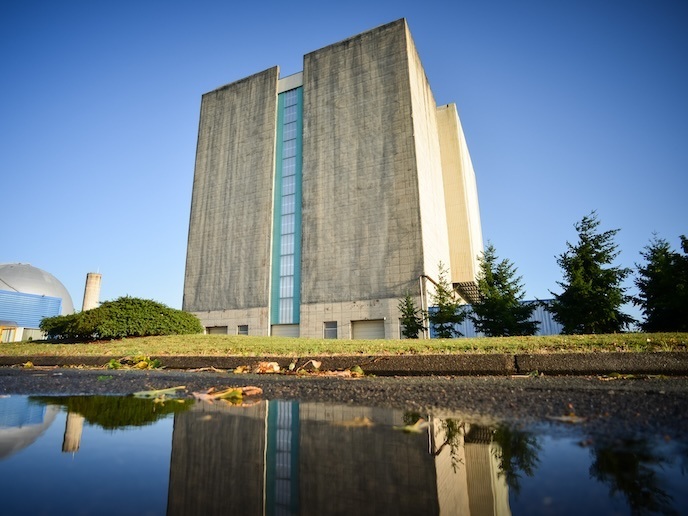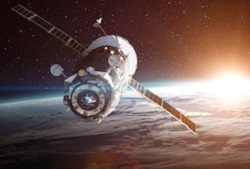A recipe for high-energy electrons
The accelerated electrons in the Van Allen radiation belts can damage satellites orbiting around Earth. These electrons are energetic enough to go through the outer skin and embed into electronics inside the satellites. Their build up can give rise to discharges causing system malfunctions. The EU-funded project MAARBLE(opens in new window) (Monitoring, analyzing and assessing radiation belt loss and energization) aimed to trace not only the origin of the electrons' acceleration but also the losses observed during periods of geomagnetic activity. MAARBLE partners drew upon a wealth of data accumulated by European missions as well as US spacecraft measurements of high-energy electrons trapped in the Earth's magnetosphere. Magnetic field data from ground-based magnetometers helped define the kind of waves exciting the electrons. The MAARBLE team explored two mechanisms by which electrons can be accelerated to harmful energy levels. One mechanism relies on ultra-low frequency (ULF) waves with frequencies up to 1 Hz and the other on very-low frequency (VLF) waves having frequencies up to several hundred kHz. Though data analysis was time-intensive, the results were worth the wait. A database containing properties of ULF and VLF waves was compiled and made available to the scientific community through the European Space Agency's (ESA) Cluster Science Archive(opens in new window). Scientists mined the database to create statistical models of wave activity for different levels of geomagnetic activity. To decipher the causal relationship between waves and radiation belt dynamics, energetic electron measurements were inserted into data assimilation tools. In general, data assimilation combines in-situ measurements with models to provide the best possible estimate of a complex system' current state and a forecast of future conditions. The resulting 'assimilated state' is closer to the data or the model output depending on their uncertainties. MAARBLE scientists added data of multiple satellites into their numerical simulations and successfully overcame the fundamental limitations of the underlying physics models. The project findings are expected to improve models describing the radiation environment in which satellites operate. A better understanding of factors promoting production of high-energy electrons will in turn help make more accurate predictions of when satellites can expect particles' damaging effects.







